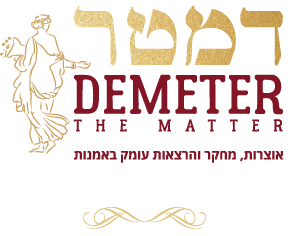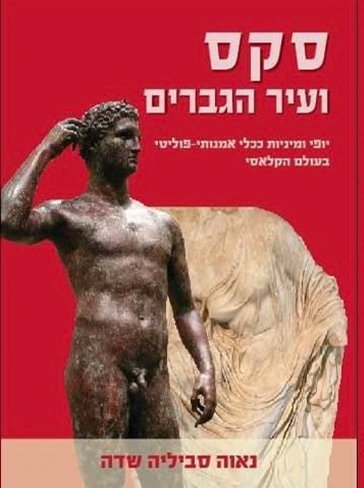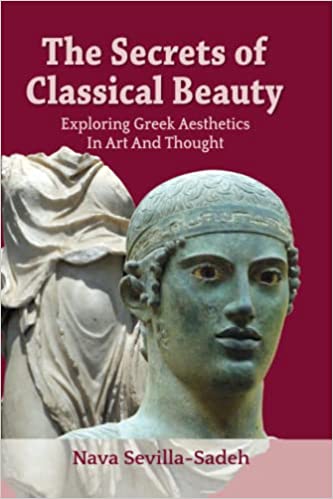"Is there any Such Thing as Classical Beauty? Greek Aesthetics as a Political Mechanism", The International Journal of Arts History and Theory 14 (1): 27-45
Nava Sevilla Sadeh, "Is there any Such Thing as Classical Beauty? Greek Aesthetics as a Political Mechanism", The International Journal of Arts History and Theory 14 (1): 27-45

Wounded Niobid, Parian marble, Greek artwork, ca. 440 BCE, From the Horti Sallustiani in the area of Piazza Sallustio, in Palazzo Massimo Alle Terme in Rome, Ground floor, room VII, Inv. 72274 Source: Jastrow 2006, https://commons.wikimedia.org/wiki/File:Niobid_Sallustiani_Massimo_Inv72274.jpg
Abstract
“Classical beauty” is a term commonly used to characterize a type of elegance and noble appearance that is not subject to trends. In contemporary art “beauty” can sound almost like a dirty word, and prominent theoreticians of art history have categorically declared that contemporary art does not engage with beauty. However, beauty and the definition of this term were nonetheless a frequent theme in classical philosophy and the focus of interest of ancient thinkers. As it appears from the ancient sources, beauty is a very loaded concept and consists of many aspects. The questions that therefore arise are—What is the essence of classical beauty? Is it really a visual ideal to which to aspire? Is such beauty indeed attainable? This study engages with these questions, asserting that “classical beauty” as manifested in Greek sculpture from the Classical period is not, in fact, a visual and physical model to which to aspire but, rather, a visual disguise for concepts rooted in the ancient Greek worldview that functioned for the benefit of the political mechanism.
https://cgscholar.com/bookstore/works/is-there-any-such-thing-as-classical-beauty
יופי קלאסי, יש דבר כזה?
המונח "יופי קלאסי" מקובל כהגדרה ליופי אלגנטי שאינו נתון להשפעות של גחמות אופנתיות או "טרנדים". באמנות העכשווית "יופי" נשמע כמעט כמו מילה גסה, וחוקר האמנות ארתור דנטו אף קבע נחרצות שאמנות עכשווית אינה עוסקת ביופי. עם זאת, יופי הוא אחד המונחים התדירים בפילוסופיה הקלאסית, ונושא הנדון במוקד דיאלוגים אפלטוניים: ב"משתה", למשל, דנים המסבים – סוקרטס ותלמידיו בשאלה הגדולה – מהו היפה? לאור עיסוק נרחב זה במחשבה הקלאסית בשאלת "היפה", עולות שאלות כגון: מהי המהות של "יופי קלאסי"? האם זהו בכלל אידיאל חזותי אליו יש לשאוף? האם הוא בר השגה? מחקר זה מבקש להראות שיופי קלאסי הוא אינו "אידיאלי" כפי שמקובל לכנותו, אלא אידיאי, או מושגי. הביטוי הוויזואלי בפיסול הקלאסי הוא למעשה לא מראֶה אליו יש לשאוף (ואף אחד לא עושה ניתוח פלסטי בכדי לחבר את המצח לאף בקו ישר), אלא מעין מעטה או תחפושת המגלמת מושגים ערכיים, אשר שירתו את המנגנון הפוליטי ביוון הקלאסית. הדיון במהות האסתטיקה היוונית נחלק להיבטים החברתיים ולהיבטים הדתיים. במישור החברתי, שימשה האסתטיקה הקלאסית בכדי להעביר מסרים אודות מצוינות, שליטה עצמית ומתינות, כתכונות שנועדו לשירות ההגנה על עיר המדינה. במישור הדתי שימשה האסתטיקה הקלאסית כאמצעי לחיבור בין האדם לאלוהות. היות שהפרדה בין דת למדינה בעולם העתיק לא הייתה קיימת, שלטה עיר המדינה במוסד הדתי, ועל כן ניכסה את ה"יופי", או האסתטיקה, לשירותה.



